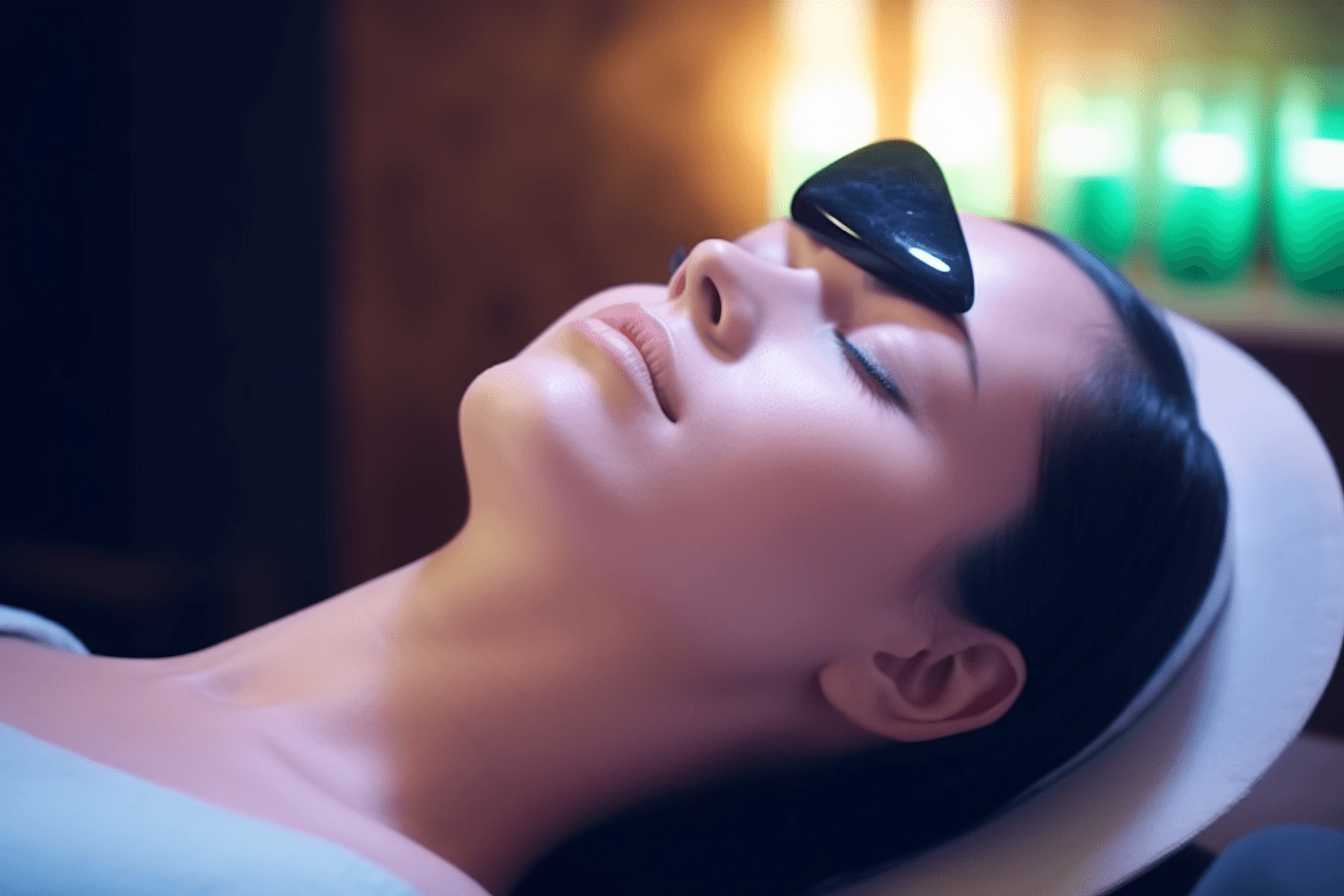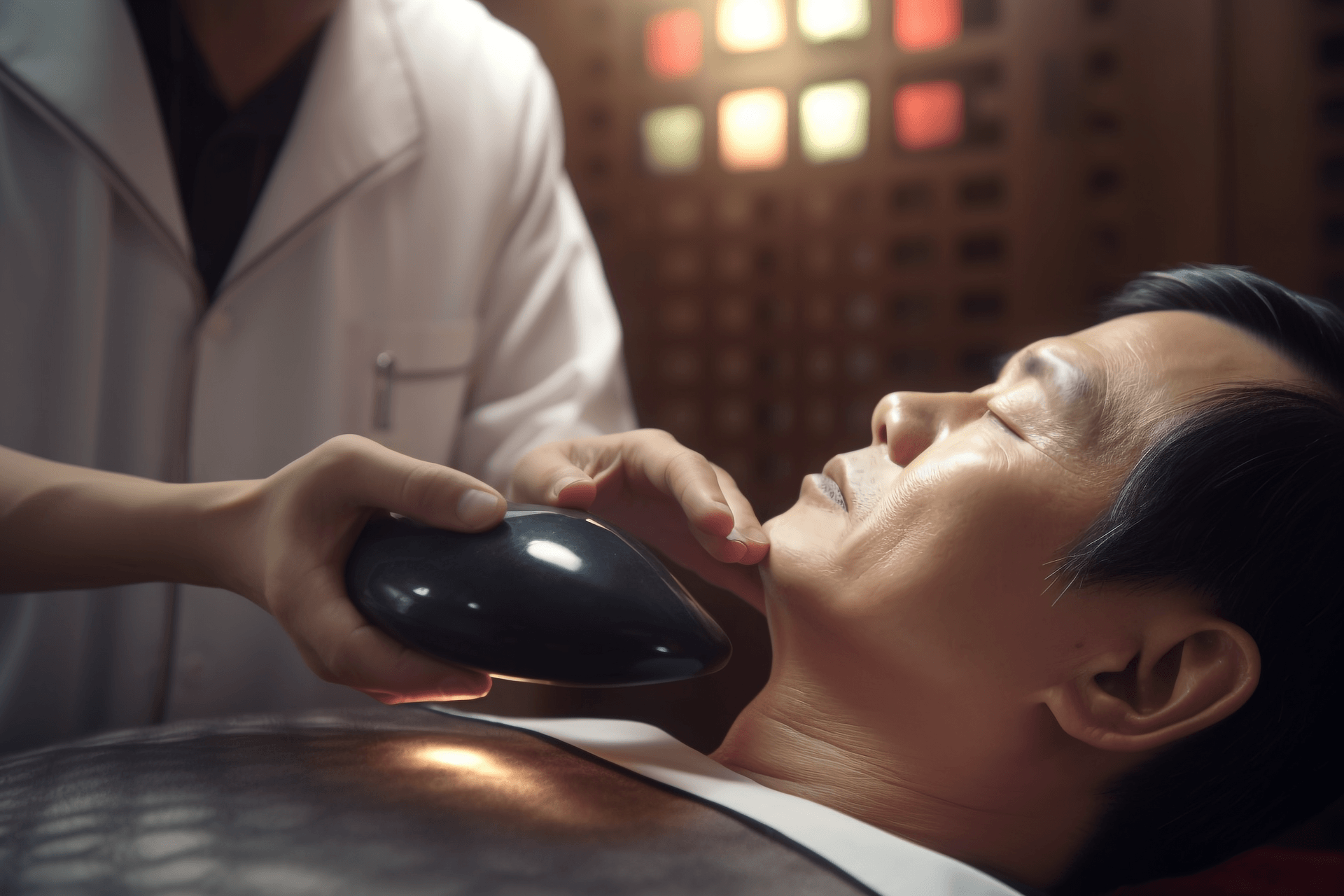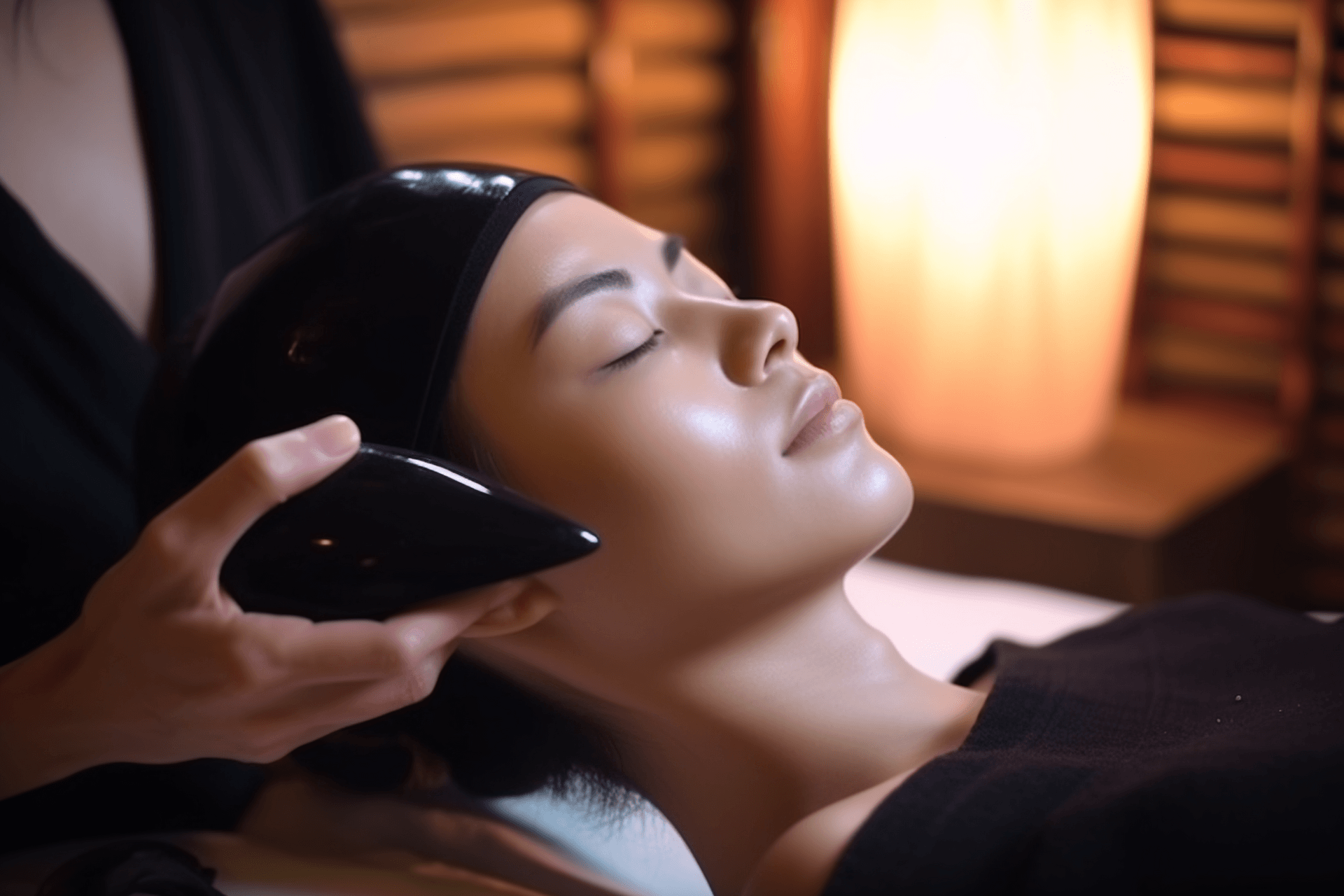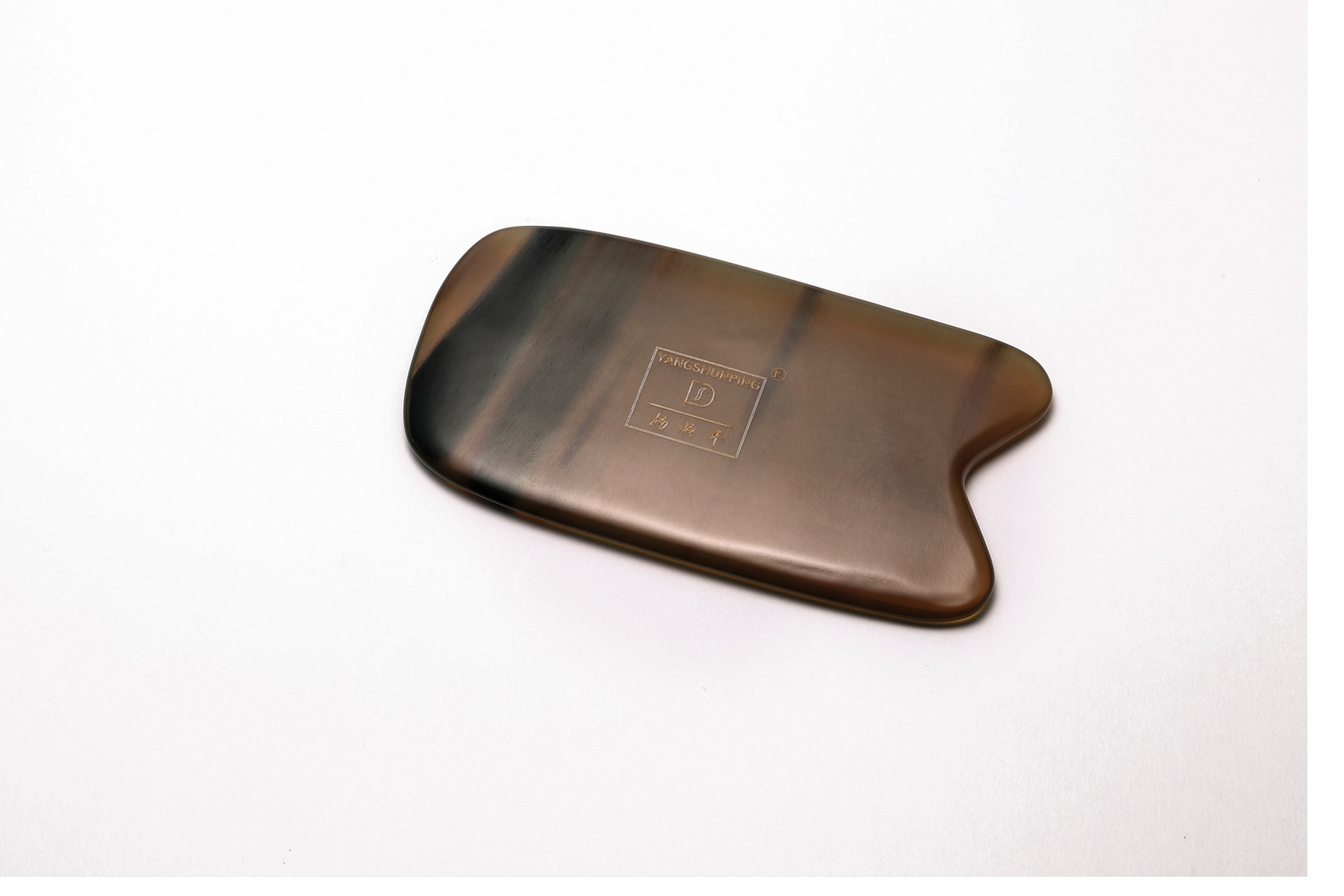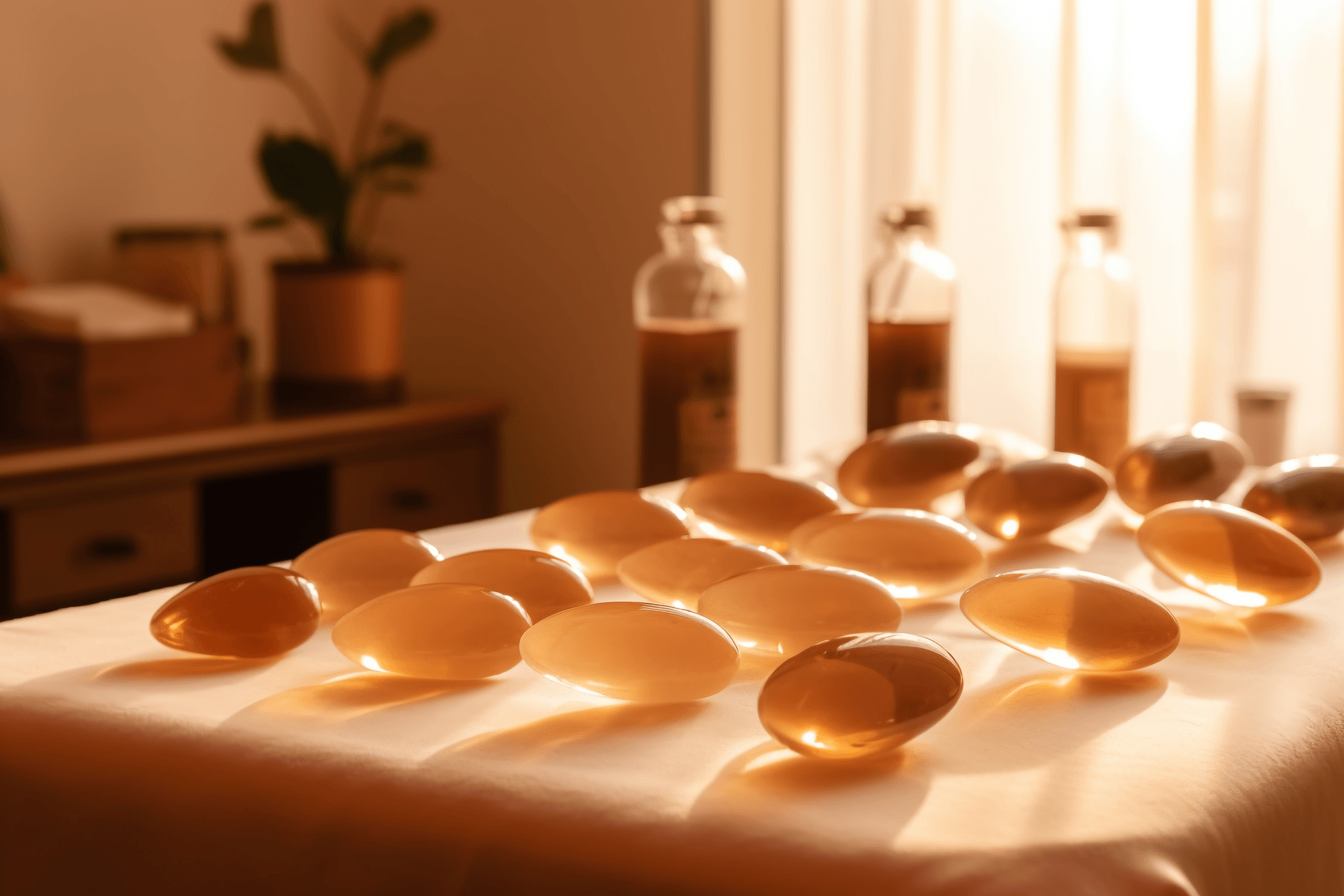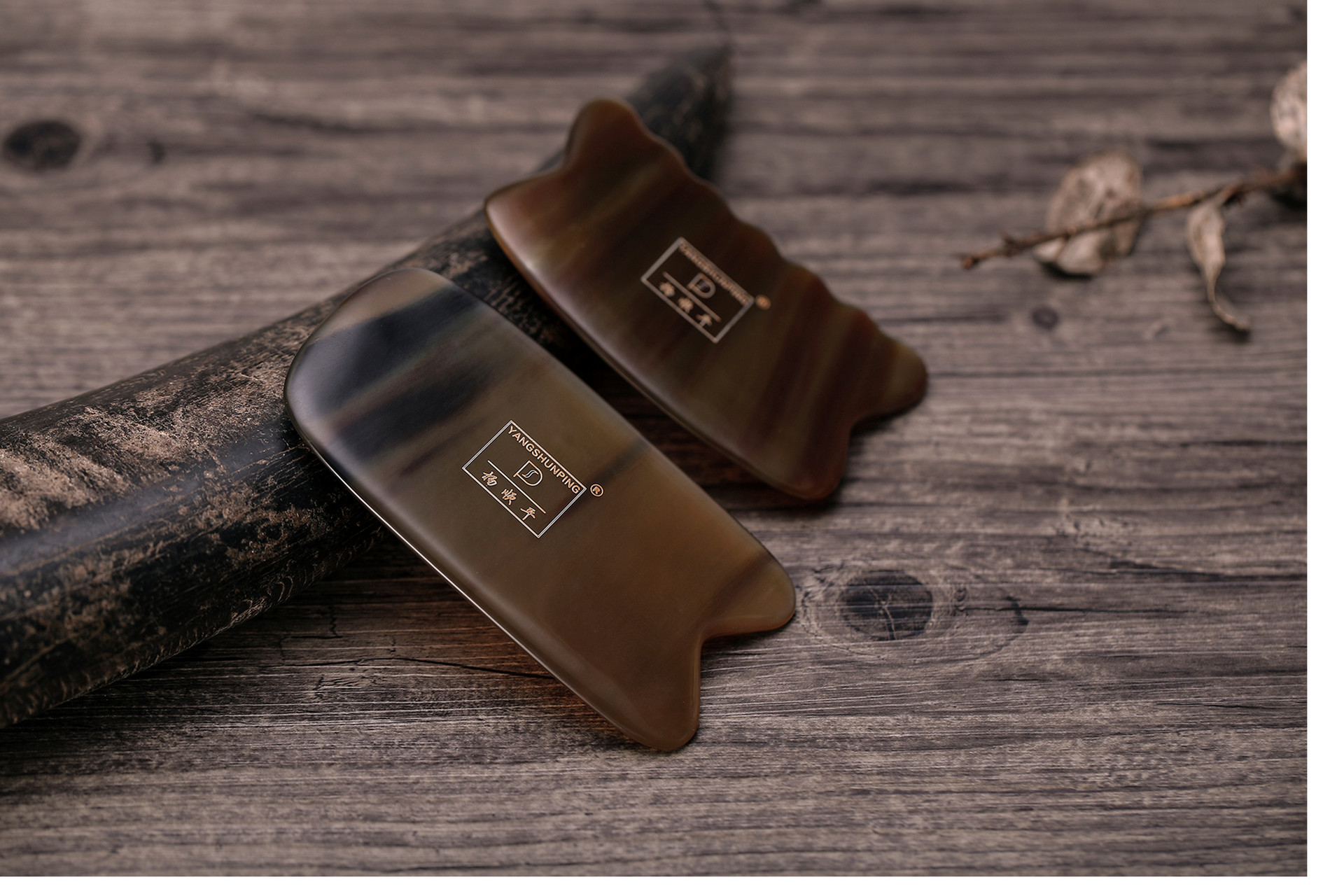The effect of gua sha on the body can be divided into two categories: preventive health care and treatment.
1. Preventive health care
Gua sha therapy's preventive health care includes two types: health care prevention and disease prevention. The site of gua sha therapy is the surface of the skin. The skin is the most superficial part of the body exposed to the outside world and directly in contact with the external environment. It has the function of adapting to and defending against changes in external climate. The skin relies mainly on the function of the body's internal defense qi. The defense qi originates from the upper burner and is propelled by lung qi, first circulating in the skin. When the defense qi is harmonized, the skin becomes smooth and the pores become tight ("Ling Shu. Ben Zang"). Regular gua sha therapy (such as using back shu points or zu san li points) can enhance the defense qi. With stronger defense qi, the body is less susceptible to external pathogens, leading to better health. If external pathogens invade the body and cause symptoms such as chills, fever, nasal congestion, and runny nose, timely gua sha therapy (such as using lung shu or zhong fu points) can remove the pathogens from the surface, preventing them from spreading to the internal organs and causing serious illness.
2. Treatment
Gua sha therapy's therapeutic effects can be seen in the following aspects:
(1) Promoting blood circulation and removing blood stasis
Gua sha therapy can regulate the contraction and relaxation of muscles, adjust the pressure between tissues, and promote blood circulation around the treated area. By increasing tissue flow, it has the effects of "activating blood circulation and removing blood stasis" and "removing stasis and promoting regeneration."
(2) Adjusting yin and yang
Gua sha therapy has a significant effect on adjusting the balance of yin and yang in internal organs. For example, for individuals with excessive intestinal peristalsis, gua sha therapy on the abdomen and back can inhibit the excessive peristalsis and restore normal function. Conversely, for individuals with reduced intestinal peristalsis, it can promote peristalsis and restore normal function. This indicates that gua sha therapy can improve and adjust the function of organs, achieving a balance of yin and yang in the body.
(3) Relieving muscle tension and promoting meridian circulation
Soft tissues such as muscle attachment points, fascia, ligaments, and joint capsules that are damaged can send pain signals. Through the reflex action of the nerves, these tissues remain in a state of alertness, with muscle contraction, tension, and even spasm, in order to reduce limb movement and alleviate pain. This is a natural protective response of the body. If not treated in a timely and thorough manner, the damaged tissues can form adhesions, fibrosis, or scarring to continuously send harmful impulses, worsening pain, tenderness, and muscle contraction. This can also cause secondary pain in surrounding tissues, leading to metabolic disorders and further aggravating the pathological changes of "pain when there is no circulation."
Clinical experience has shown that muscle tension is always accompanied by pain, and pain often leads to muscle tension. They often have a cause-and-effect relationship. In gua sha therapy, we have observed that eliminating the pain focus also eliminates muscle tension. If the tense muscles can be relaxed, the pain and compression symptoms can significantly reduce or disappear, which is also conducive to the repair of the lesion.
Gua sha is an effective method to relieve pain, muscle tension, and spasms. Its main mechanisms include:
1. Enhancing local circulation and increasing local tissue temperature;
2. Directly stimulating the tissues using a gua sha board and various techniques, which raises the pain threshold of local tissues;
3. The relationship between tension or spasm of muscles and the twelve skin regions: "To know the skin regions, one must follow the meridians." The division of the twelve skin regions is based on the distribution of the twelve meridians. Each of the twelve meridians has its own branch vessels, which float on the surface of the body and have their own distribution areas. Since there are twelve meridians, the skin is also divided into twelve regions, and the combination of the six meridians of the hands and feet is called the six meridians skin regions.
The branches of the meridians are collateral vessels, and the skin can be regarded as the division of collateral vessels. Therefore, in "Su Wen. Pi Bu Lun," it is also said, "All twelve meridians and collateral vessels are part of the skin." The relationship between the meridians and collaterals of the skin regions is of great significance for the diagnosis and treatment of diseases. "The skin is the part of the vessels. When pathogenic factors invade the skin, the pores open, and when they open, the pathogenic factors invade the collateral vessels. When the collateral vessels are full, they enter the meridians, and when the meridians are full, they reside in the organs and viscera." It indicates that when pathogenic factors enter from the outside, the muscles that are affected by the meridians and the skin that is affected by the collaterals can be relaxed and relieved of tension and spasm through the use of a gua sha board and various techniques, thereby relieving pain.
(4) Information adjustment
Each organ in the human body has its specific biological information.


